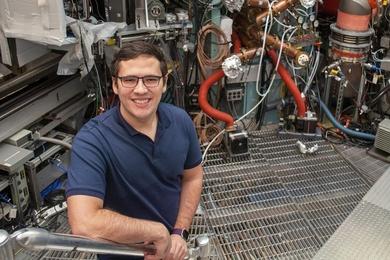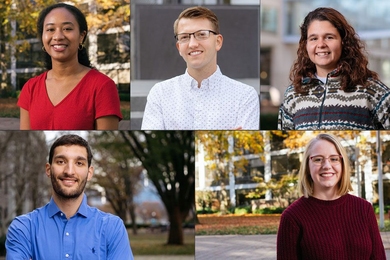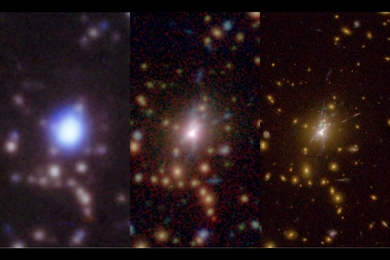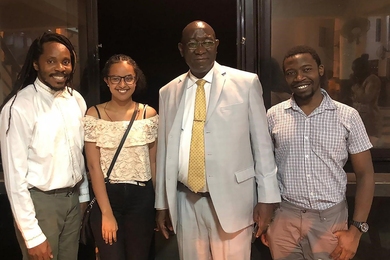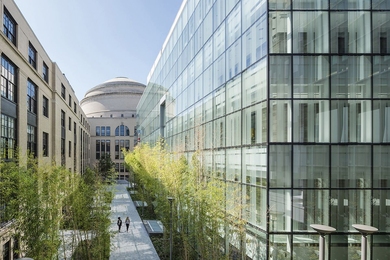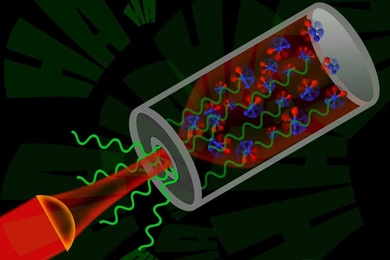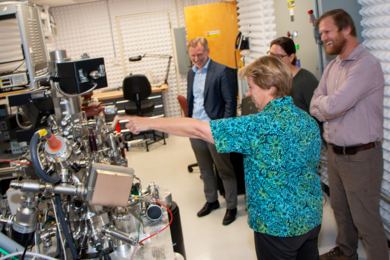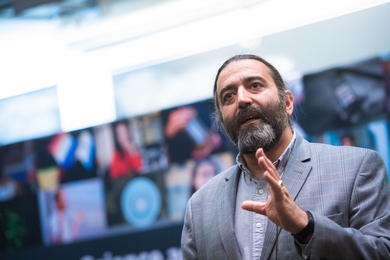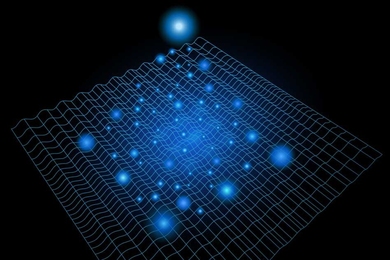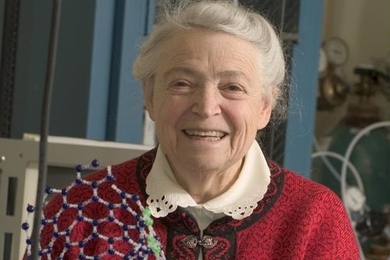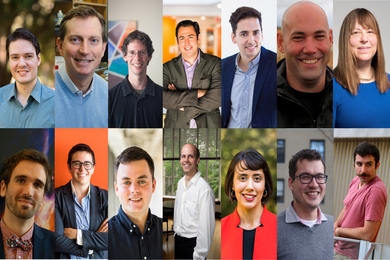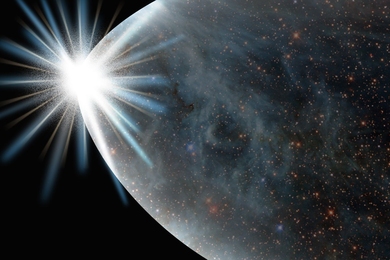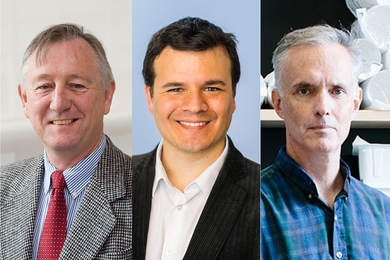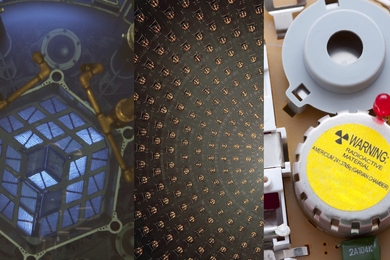Five MIT students named 2020 Rhodes Scholars
Ali Daher, Claire Halloran, Francisca Vasconcelos, Billy Andersen Woltz, and Megan Yamoah will begin postgraduate studies at Oxford University next fall.
Phoenix cluster is cooling faster than expected
With increasingly advanced data, Michael McDonald and colleagues study a galaxy cluster bursting with new stars.
Expanding education: From Africa to Cambridge and back again
Mgcini "Keith" Phuthi ’19, a native Zimbabwean, uses his experiences at MIT to develop improvements in education policy in Sierra Leone through MISTI-Africa.
Improbability Walk at MIT.nano honors Mildred Dresselhaus
Courtyard space celebrates beloved professor’s research and mentorship.
Researchers generate terahertz laser with laughing gas
Device may enable “T-ray vision” and better wireless communication.
Materials Research Science and Engineering Center welcomes ultra-high vacuum microscopes
Transmission electron microscope and scanning tunneling microscope offer unique capabilities.
Advancing nuclear detection and inspection
Assistant professor of nuclear science and engineering Areg Danagoulian probes deep inside cargo containers and ballistic warheads to ferret out fissile materials.
Using light to generate order in an exotic material
Physics experiment with ultrafast laser pulses produces a previously unseen phase of matter.
MIT.nano announces the Mildred S. Dresselhaus Lectures
Cornell University’s Paul McEuen will inaugurate series to honor beloved MIT professor.
School of Science appoints 14 faculty members to named professorships
Those selected for these positions receive additional support to pursue their research and develop their careers.
Drawn to open-ended problems
Whether racing cross country or teaching coding in rural schools, senior Billy Woltz relishes experimentation and creative thinking.
Putting the “bang” in the Big Bang
Physicists simulate critical “reheating” period that kickstarted the Big Bang in the universe’s first fractions of a second.
American Physical Society honors three MIT professors for physics research
James Collins, Pablo Jarillo-Herrero, and Richard Milner have won top prizes for their work.
Enhanced nuclear energy online class aims to inform and inspire
Revamped version of MITx MOOC includes new modules on nuclear security, nuclear proliferation, and quantum engineering.
